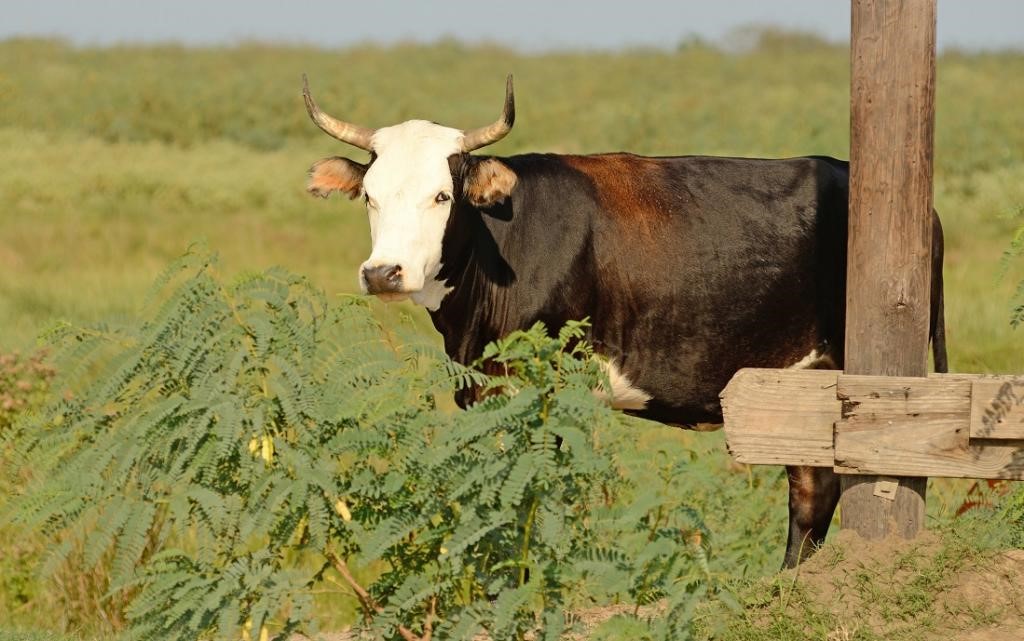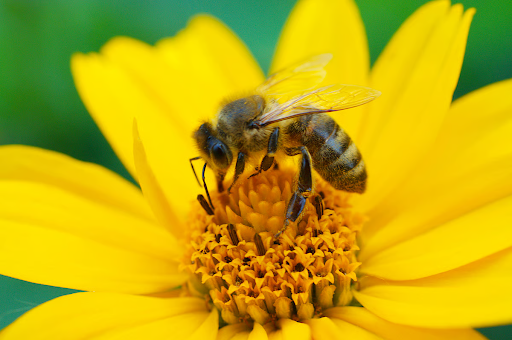Description

Disclaimer: Copyright infringement not intended.
Context
- Criollo breed of cattle developed in the New World can withstand climate change, say Irish scientists.
Historical Context:
- The term 'Criollo' originated in the 'Casta' system, a hierarchical social classification system used during the colonial period in the Hispanic and Lusophone Americas. It distinguished individuals born in the New World from those native to Iberia, who were known as 'Penninsulares'.
- Notably, the term extended beyond human classification to encompass livestock, including cattle, sheep, horses, and goats.
- Recent research by Irish scientists sheds light on the adaptability of Criollo cattle to a warming world, highlighting their potential resilience in the face of climate change.
Criollo Cattle and Climate Adaptation:
Research by UCD Scientists:
- Scientists from University College Dublin (UCD) conducted research into micro-evolutionary changes in Criollo cattle.
- Their findings revealed several distinct coat and skin coloration traits that provide advantages in hot and humid climates, with the Criollo's short, slick-hair coat enhancing thermotolerance.
Distinctive Traits:
- Criollo cattle exhibit specific genetic signatures associated with reproduction, fertility, and disease immunity, as identified through whole-genome sequencing data.

Historical Evolution and Spread:
Origin and Spread:
- The first cattle in the Americas were brought from La Gomera in the Spanish Canary Islands to the island of Hispaniola (present-day Haiti and the Dominican Republic) during Christopher Columbus's second voyage in 1493.
- While livestock farming quickly spread on the island, the expansion of cattle to the South American continent was more gradual.
Adaptations Over Time:
- Initially adapted to Mediterranean climates, cattle brought from Iberia in the 15th and 16th centuries gradually evolved to thrive in tropical and arid environments over the ensuing centuries.
- This evolutionary process led to the emergence of distinctive Criollo breeds with unique heat tolerance and disease resistance traits.
- Implications for Climate Change:
Challenges Posed by Climate Change:
- Climate change brings about various challenges, including higher temperatures, insufficient precipitation, abrupt temperature fluctuations, increased soil erosion, wildfires, pests, and diseases.
- Cattle capable of withstanding hot weather are less likely to experience temperature-related stress, leading to improved body weight, food production efficiency, and animal welfare in warmer climates.
Threats to Criollo Cattle:
Modern Challenges:
- Despite their adaptive advantages, Criollo cattle are undervalued in modern production systems, facing gradual replacement by more productive commercial breeds.
- This trend poses a threat to the preservation of indigenous cattle genetic resources in Latin America.

Conclusion:
Significance of the Study:
- The study underscores the remarkable adaptability of Criollo cattle and highlights their genetic richness and potential in the face of climate change, habitat flux, and disease challenges.
|
PRACTICE QUESTION
Q. Evaluate the role of traditional cattle breeds in addressing climate change impacts on agricultural systems. Propose strategies to protect indigenous cattle breeds amidst modern agricultural practices and climate variability.
|









